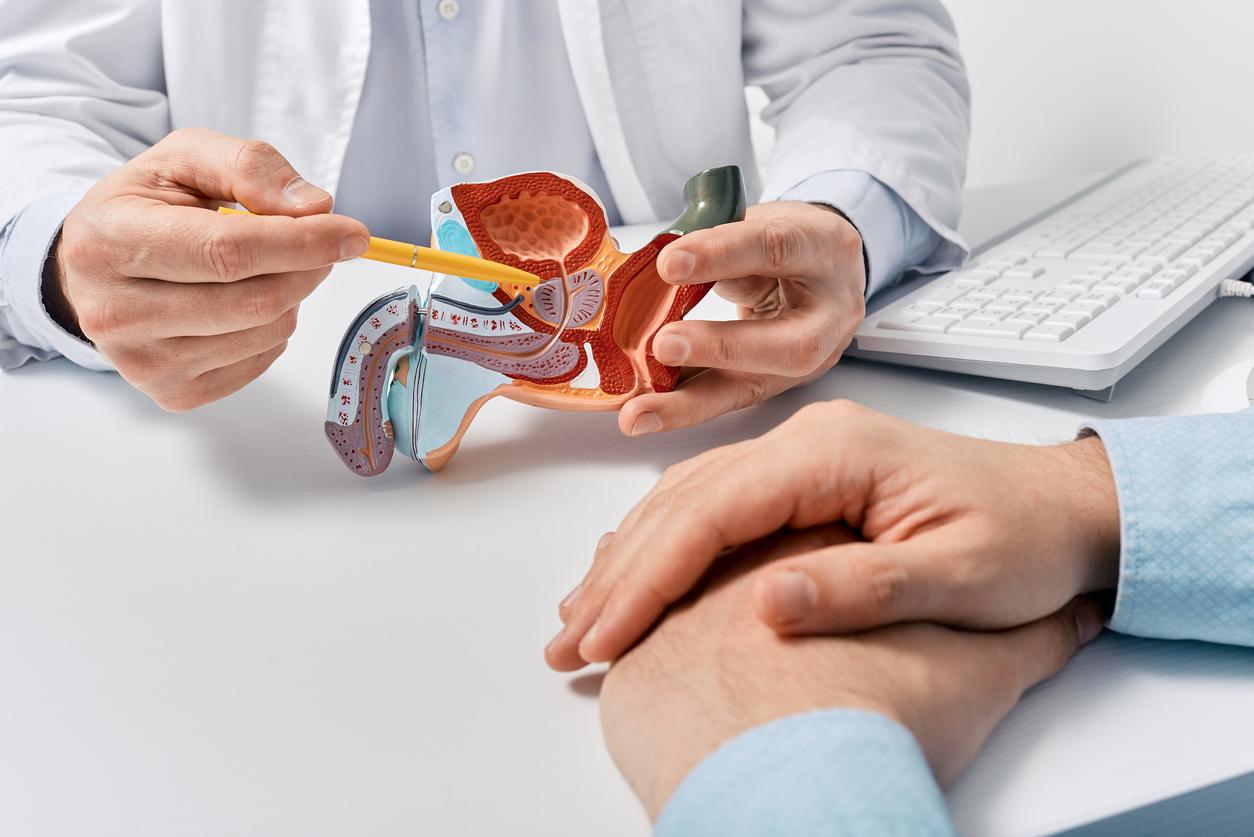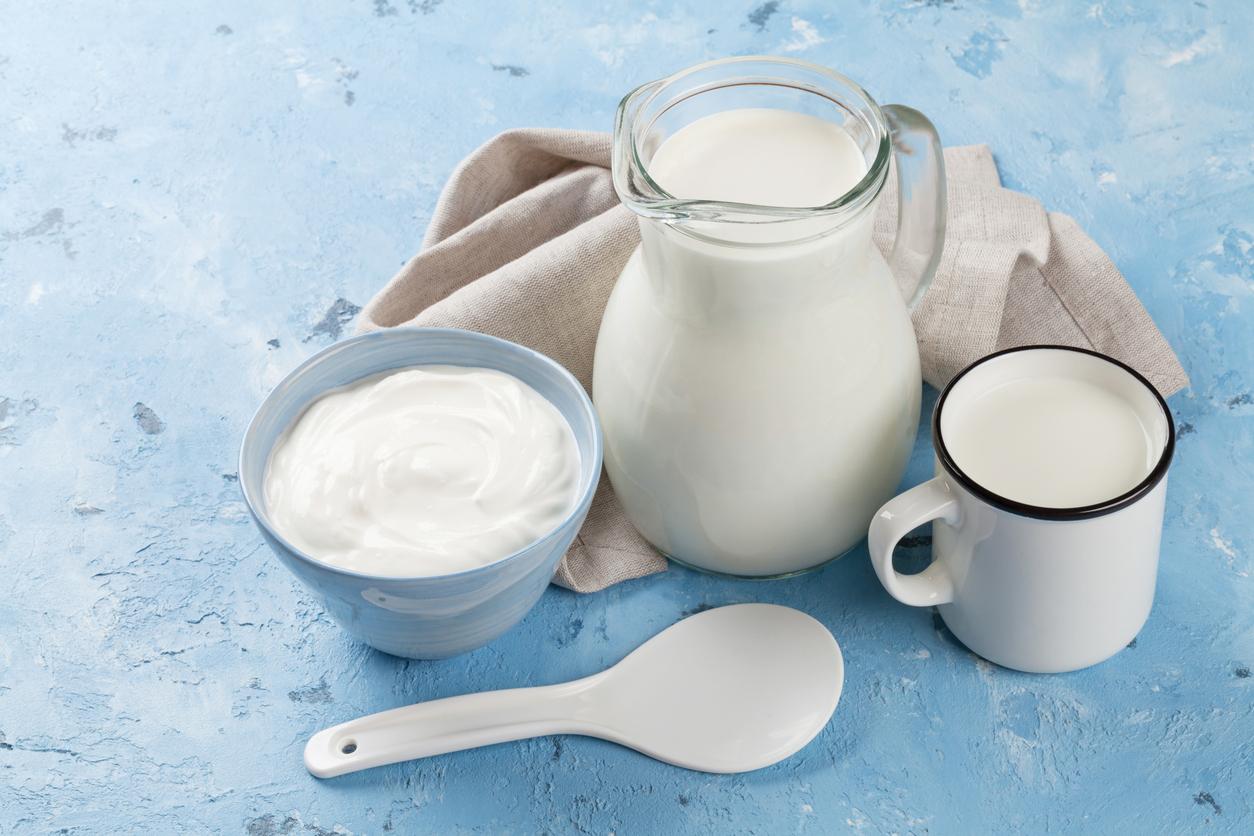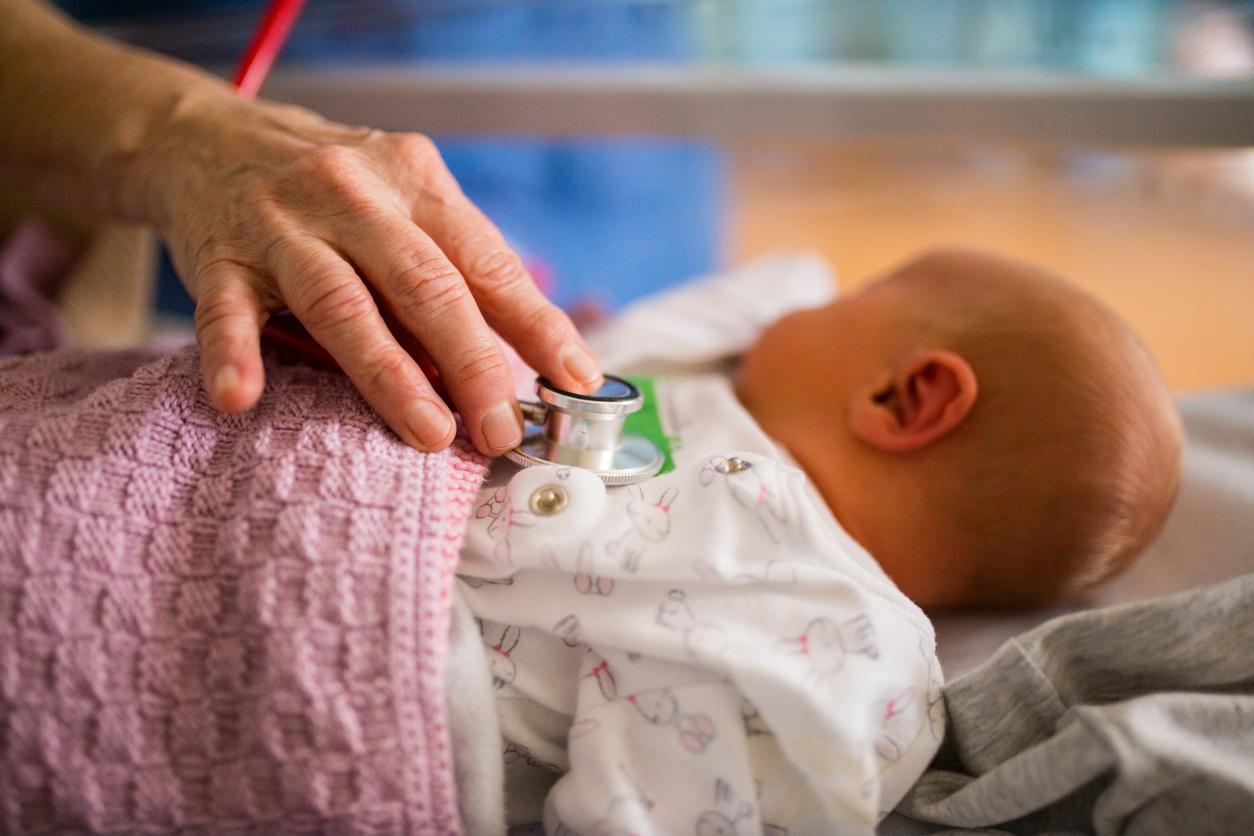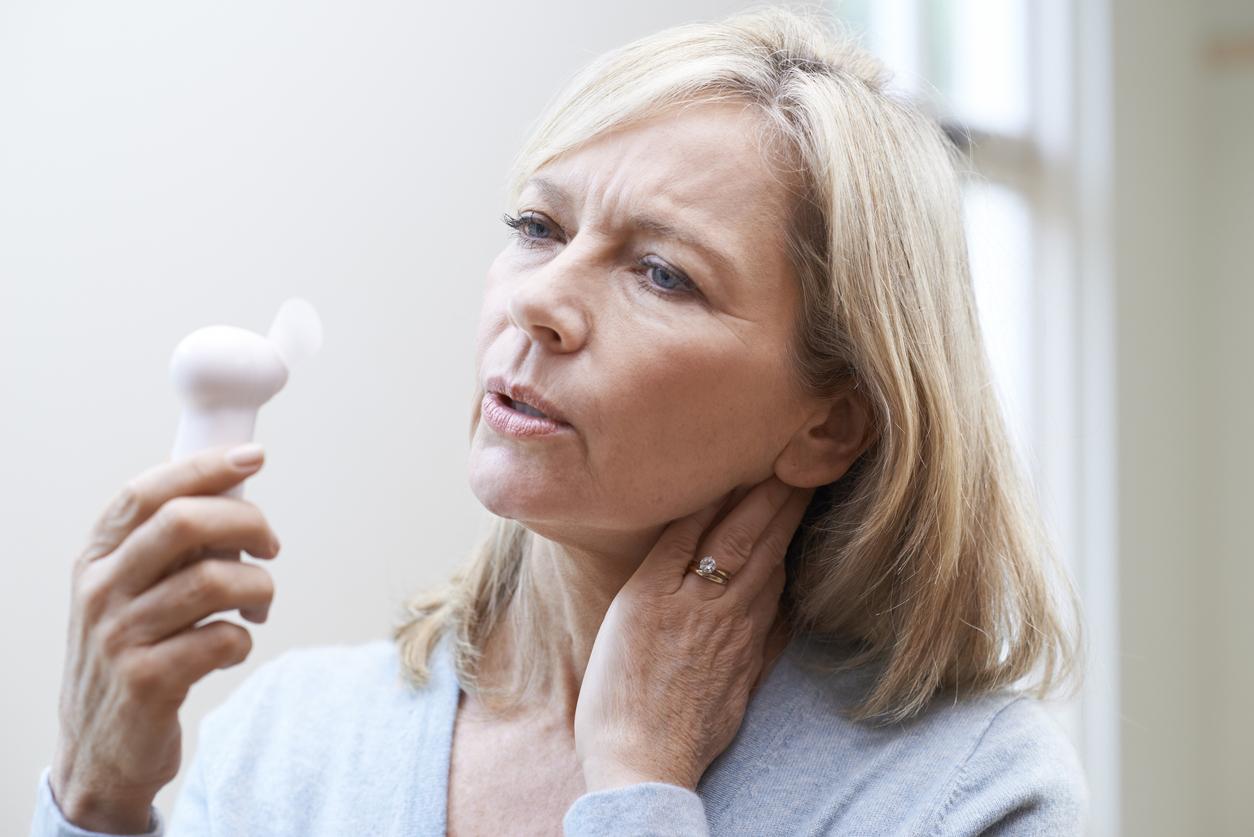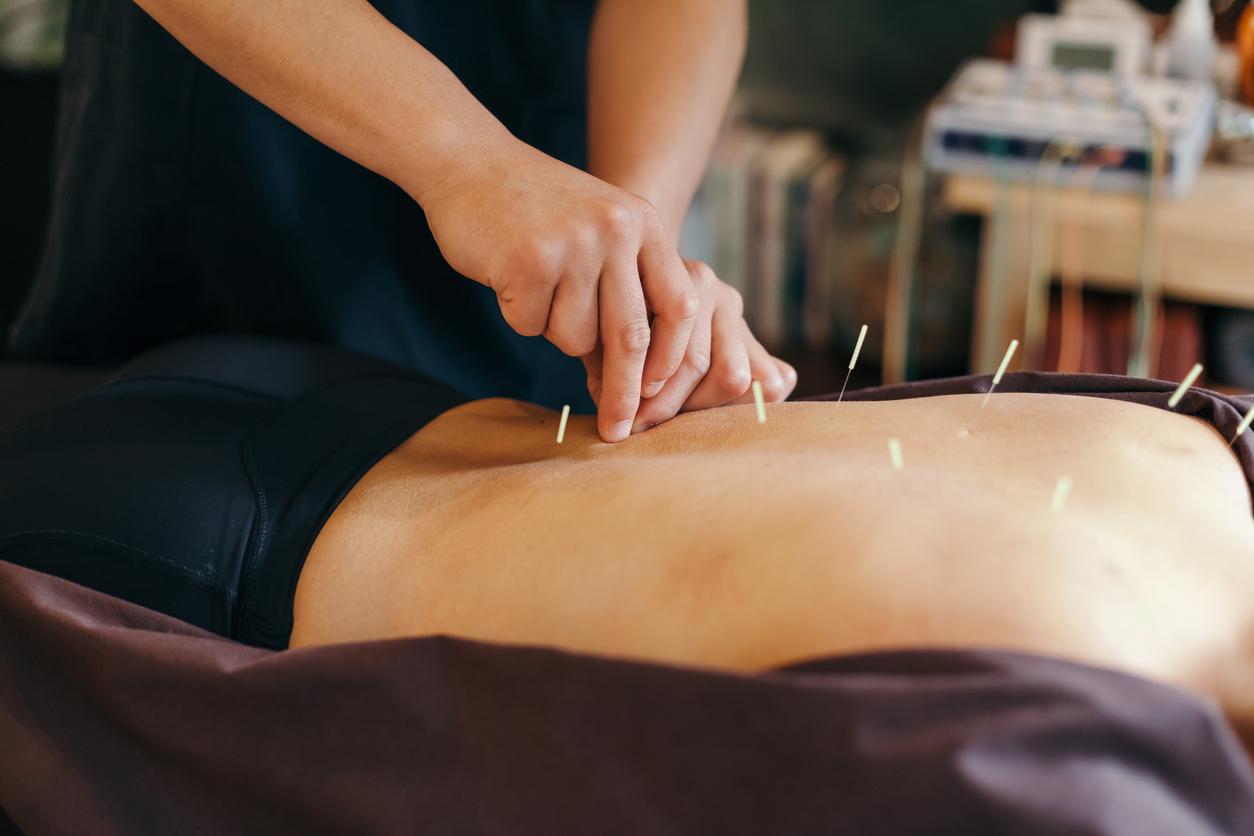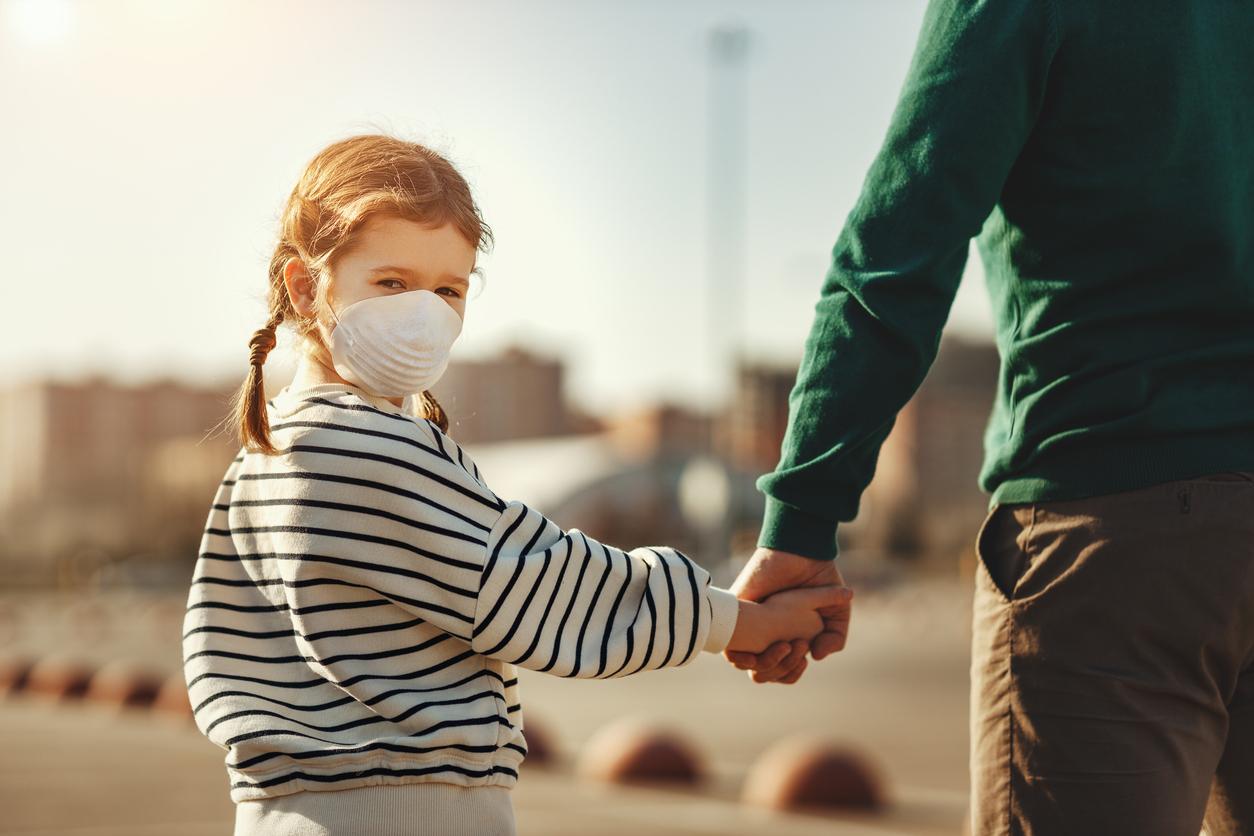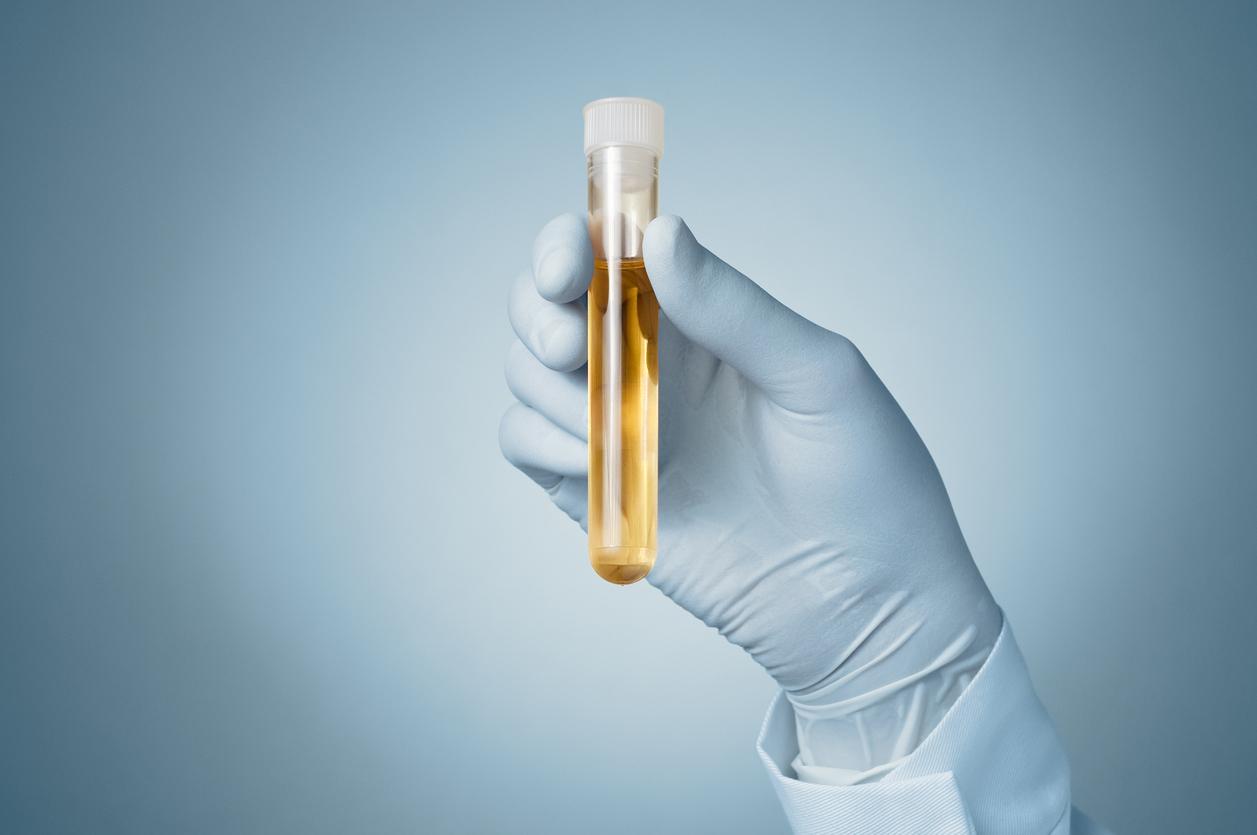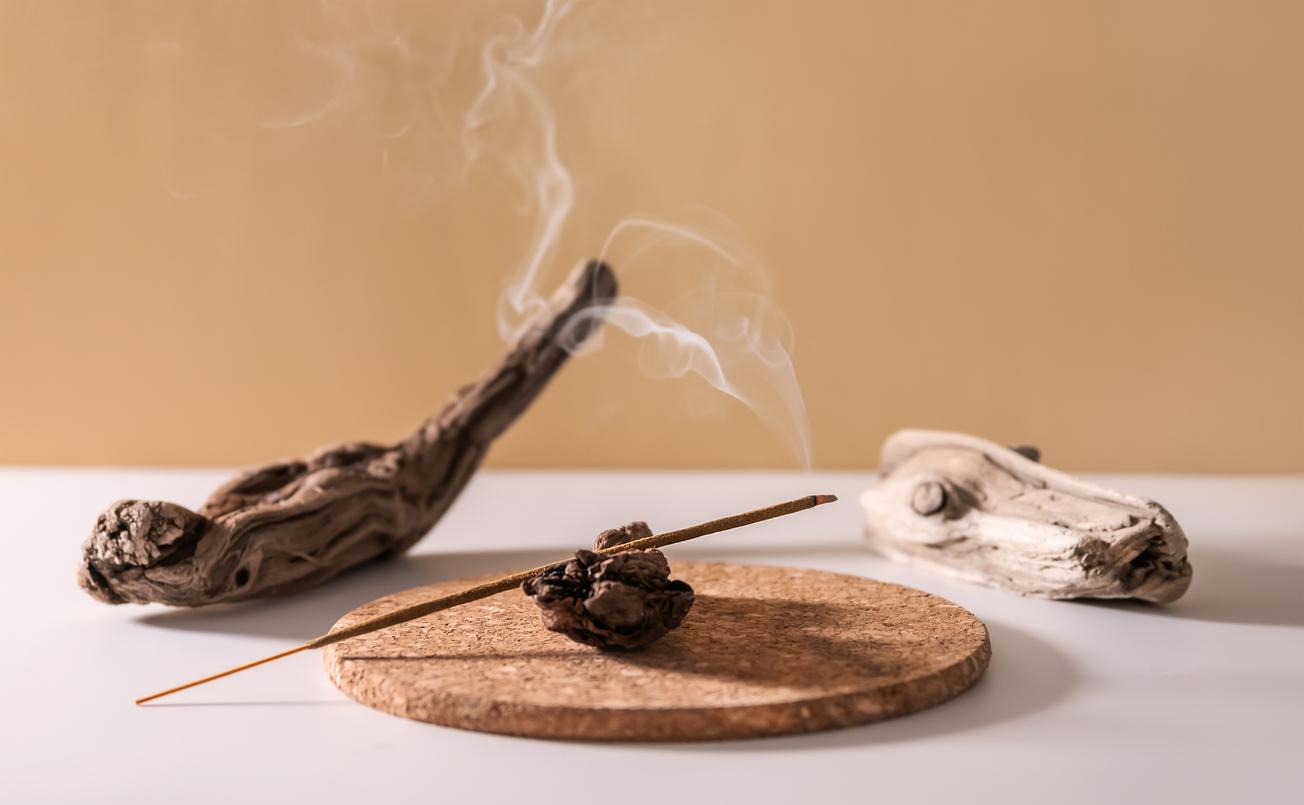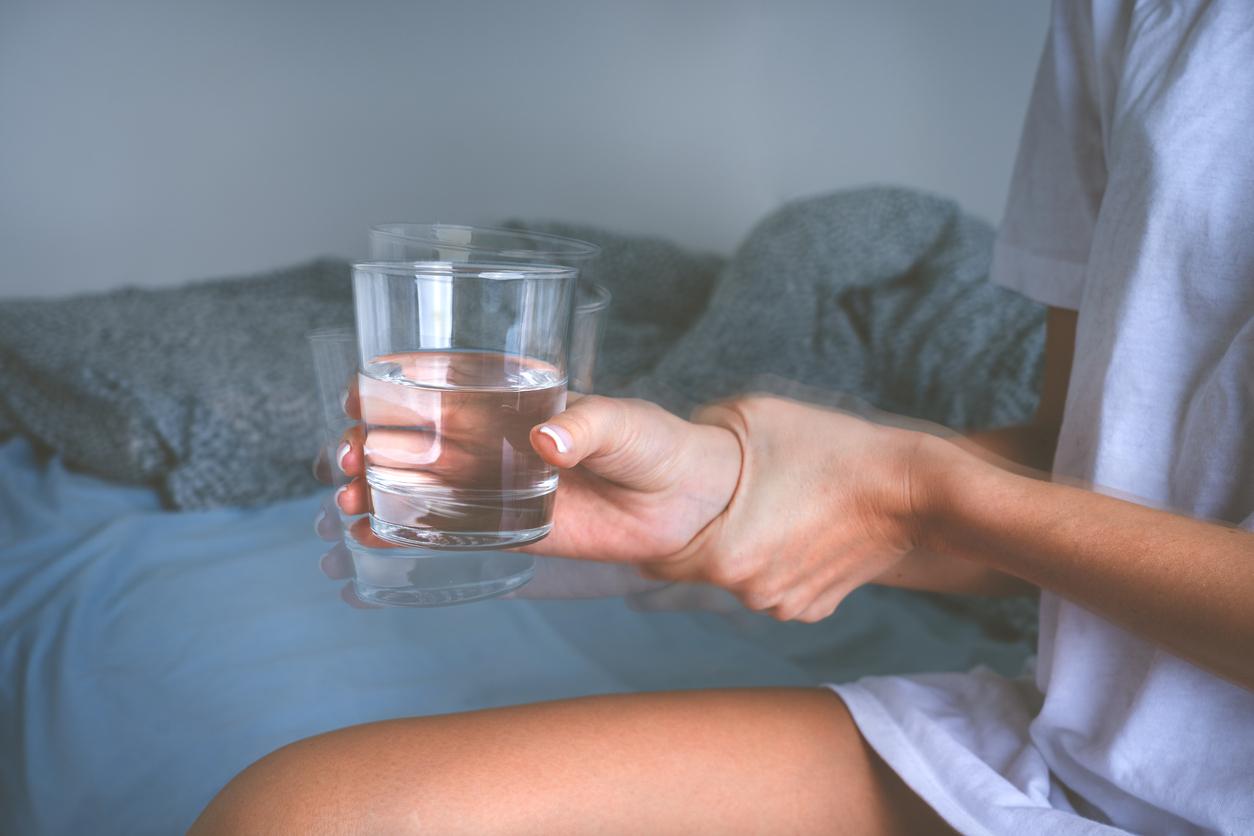As temperatures drop, some people may develop an allergy to the cold… Here are the symptoms.
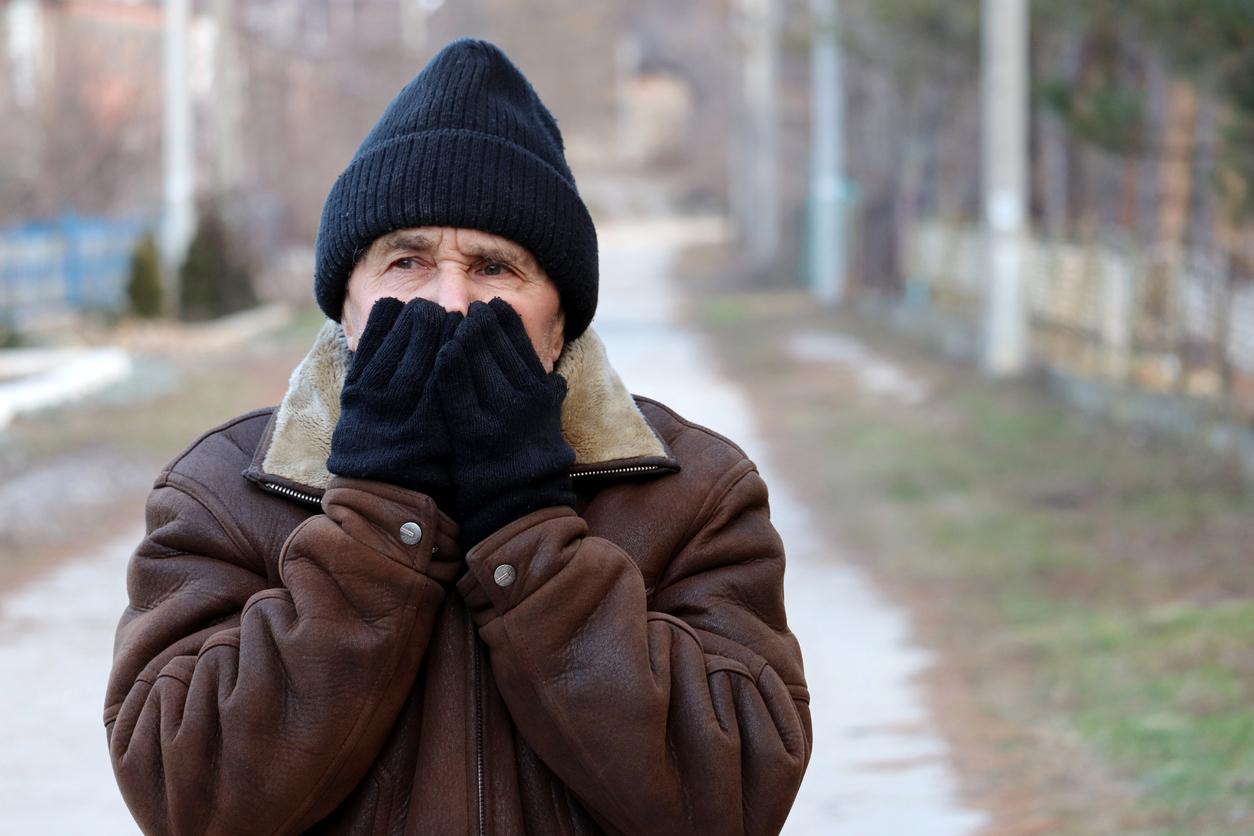
- Cold allergy is a rare disease which affects 0.05% of the population.
- Cold allergy is characterized by a reaction that occurs upon exposure to cold, that is, to cold water, a cold atmosphere, a cold object, a drink or food cold.
- If there are mild or moderate forms, you can die from a severe cold allergy.
“Hives are not always the consequence of an allergic reaction after exposure to a chemical or food product. There are hives resulting from water, exercise and even cold.” During a press conference held by dermatologists, several issues were exposed, including that of allergy to cold.
“Allergy to cold is a rare disease which affects 0.05% of the population, but it is undoubtedly underdiagnosed, because mild forms are not subject to medical consultation”, explains Doctor Aurélie du Thanh, dermatologist and hospital practitioner at Montpellier University Hospital. “However, it is a disease that we must know how to diagnose and manage,” continues the specialist.
Symptoms of a cold allergy
Cold allergy is characterized by a reaction that occurs upon exposure to cold, that is, to cold water, a cold atmosphere, a cold object, a drink or food cold.
In terms of symptoms, the latest classification of cold allergy according to its severity is already old. Thus, we distinguish three forms:
– the first is called light. It is limited to patches of red, swollen and itchy hives on the area exposed to the cold (for example on the hands if you have held an icy object).
– The second form is said to be moderate, with urticaria which can be generalized even in the event of localized exposure to cold, but without systemic signs.
– The third form is said to be severe: the patient presents generalized urticaria associated with general symptoms with hypotension, malaise, shock. “This latter form must be diagnosed early in order to reduce the risk of serious complications. Cold urticaria can be life-threatening,” underlines Doctor Aurélie du Thanh.
Cold urticaria occurs at varying temperatures depending on the person. “Two reactogenic thresholds have been defined. The first is temperature. The second is the time of exposure to cold from which a reaction appears. These thresholds are important to determine for each patient. So, if hives are triggered by temperatures greater than or equal to 15-20 degrees, it is more serious, because the body is regularly exposed to these levels of “cold” (cold tap water is around 15°C)”, completes the expert.
How to treat a cold allergy?
The management of cold allergy depends on the severity of the symptoms for crisis treatment and the impact on the quality of life of patients for basic treatment. “Concerning light forms, it is not necessary to implement any basic treatment or crisis, but the patient must be informed of the precautions to take via an information sheet. It may be possible to prescribe second-generation antihistamines during summer and swimming periods, on demand. specifies the dermatologist. “If a patient describes the appearance of large patches of hives and discomfort while swimming, they should be prescribed adrenaline in the form of a self-injection, which they should have with them just in case,” she adds.
Patients with a severe form of cold allergy should not bathe alone and it is important that they always stay in an area where they have feet. Certain sports are also contraindicated in this specific case, like rafting, skydiving or caving, recovery cryotherapy should also be avoided. Finally, certain professional activities must be adapted or even interrupted, such as those involving working in cold rooms or outdoors in winter.
Cold allergy is a predominantly female pathology. It can occur at any age, although there is a peak frequency in children and young adults. Its duration over time is variable and unpredictable for a given person. “A patient can present reactions to cold for several years. In children, it seems to last less long. In any case, cold urticaria can disappear spontaneously”, concludes Doctor Aurélie du Thanh.



